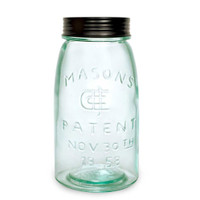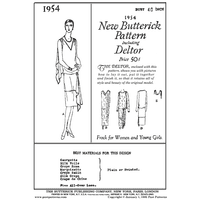 Loading... Please wait...
Loading... Please wait...Categories
Add to Wish List
New Products
- Home
- Historic Patterns
- By Era
- Renaissance & Elizabethan
- Women's
- Women's Cotehardies and Sideless Surcoats
Product Description
c. 14th and 15th centuries
Includes 3 cotehardies and 4 sideless surcoats (sizes 6-20). These go particularly well with MM026, MM090, MM092 and MM093.
Cotehardies were worn by both sexes of all ages and classes for over 200 years, from England to Bohemia, Norway to Spain. While there were regional variations, the basic cut of the cotehardie was the same throughout Europe. Originally a version of the tunic (MM016), cotehardies differed in sleeve cut, variations, and tailor fit. Woman's cotehardies were fitted or even tight to the hips, then flared to the hem. They most often had long tight sleeves. They would be worn over a chemise (MM090). In the first half of the 14th century a major style change occurred. With the invention of curved sleeve caps, gussets under the arm became unnecessary.
Sleeveless tunics or surcoats (from the French "sur le cote", i.e. over the cotehardie) were worn by both sexes as early as the 12th century, but with the return of crusaders from the Holy Land the style became wildly popular. The armholes deepened to the waist, then (particularly on woman's surcoats) to the hip, earning the name "sideless surcoats". These worn by women over very tight cotehardies, roused the ire of the church because their revealing cut was considered too seductive -the clergy dubbed these "the Gates of Hell".
Surcoats and cotehardies for both sexes could be plain and somber, or wildly colorful. Heraldic motifs were common on these garments. Both sexes began wearing houpelandes (MM026) over a cotehardie after 1380. Cotehardies and surcoats as outerwear became unfashionable before 1425, with one exception. Cotehardies, with or without sideless surcoats, remained fashionable for women, as regal ceremonial garments, until well into the 16th century. When the houpelande went out of fashion, the cotehardie for women briefly re-emerged, with slight changes, as the kirtle (MM051).
/tunics/










